5 Defense Stocks to Buy Amid Afghan Unrest
The rapid shift of military power in Afghanistan has a litany of potential geopolitical consequences. It also could spark more business for defense stocks.


Fresh turbulence has returned to the Middle East – and historically, that has been good for defense stocks.
The Taliban has seized control of Afghanistan in just a little more than a month after the U.S. began evacuating troops. This lightning-quick change in power dynamics has bred fears that the country will become a safe haven for terrorists, and that this unrest could boil over into other parts of the Middle East.
Understandably, investors in defense stocks are paying close attention. This turn of events could breed increased demands for intelligence, surveillance and reconnaissance equipment. And if additional conflicts arise, there could be fresh demand for military equipment.
Many are comparing the Taliban's capture of Kabul, the capital of Afghanistan, to the "fall of Saigon" on April 30, 1975. This was when the North Vietnamese army seized Saigon, the capital of South Vietnam. How similar the two situations are is a debate left for another day – but it is worth noting what happened to defense stocks in fall of Saigon's wake.
"In the 1 and 3 months after the fall of Saigon on April 30, 1975, while the S&P 500 gained 4.4% and 1.7%, respectively, the S&P 500 Aerospace Defense sub-industry jumped 15.4% and 26.0%," says Sam Stovall, chief investment strategist for independent research firm CFRA. "Even though history should be viewed as a guide and not gospel, CFRA thinks the Aerospace group offers a favorable investment opportunity today."
With that in mind, investors should consider adding defense stocks to their portfolios. Here are five such stocks that are rated Buy in the Stock News POWR Ratings system.
Disclaimer
Data is as of Aug. 19.
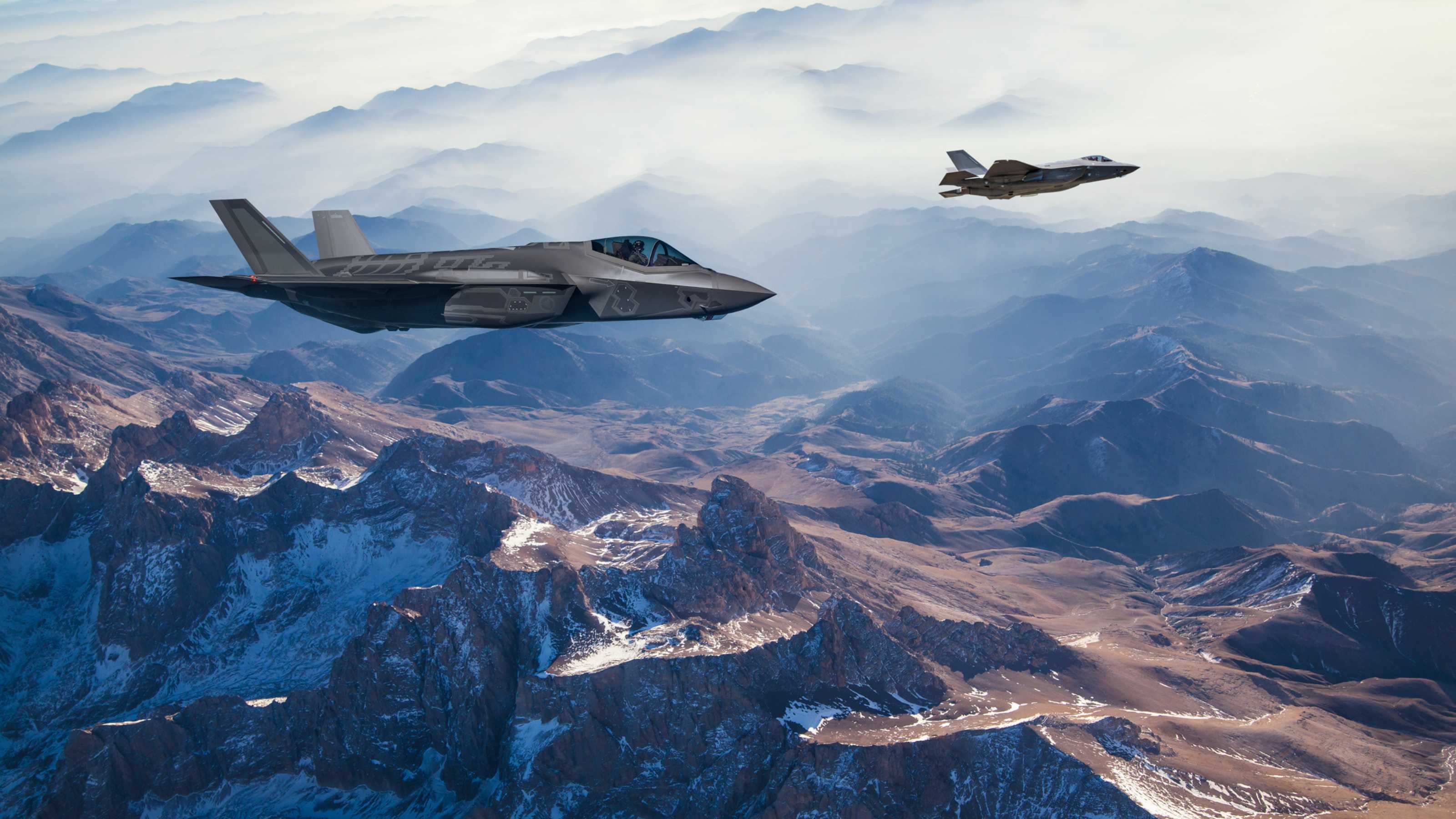
Lockheed Martin
- Market value: $98.0 billion
- POWR Ratings overall rating: B (Buy)
- POWR Ratings average broker rating: 1.60
Lockheed Martin (LMT, $354.03) is the world's largest defense contractor and has dominated the Western market for high-end fighter aircraft since being awarded the F-35 program in 2001. The company's largest segment is Aeronautics, which is dominated by the massive F-35 program. The company's remaining segments are Missiles and Fire Control, Rotary and Mission Systems, and Space.
The company is enjoying strong demand for its high-end military equipment both in domestic and international markets. LMT successfully closed several deals in the second quarter, including a $1.8 billion contract to procure logistics services for delivered F-35 jets. It also clinched a $1 billion contract to provide logistics support for the Space Based Infrared System (SBIRS).
Lockheed also has experienced strong demand for its tactical Missile and Fire Control products internationally. It has recently received orders for precision fires systems from both Poland and Romania.
But the F-35 program continues to be LMT's key growth driver. Most recently, it delivered 37 jets during the second quarter, and the program is expected to provide stable revenue for decades.
Lockheed has long been one of the best defense stocks on the market, easily outperforming the industry benchmark over the trailing 10 and 15 years. It looks attractive going forward, too.
The POWR Ratings system gives Lockheed a B grade, which translates into a Buy. Among reasons to like it are its valuation – a Value Grade of B is supported by trailing and forward price-to-earnings (P/E) ratios around 13, as well as an enterprise value-to-earnings before interest, taxes, depreciation and amortization (EBITDA) of 10.3.
LMT stock also earns a Quality Grade of B thanks to a solid balance sheet. As of the most recent quarter, the company had $2.7 billion in cash, compared with only $506 million in short-term debt. Additionally, its current ratio and quick ratio – two metrics that measure a company's ability to meet short-term debt obligations – are both above 1, indicating strength on that front. Read more about Lockheed Martin's (LMT) complete POWR Ratings here.
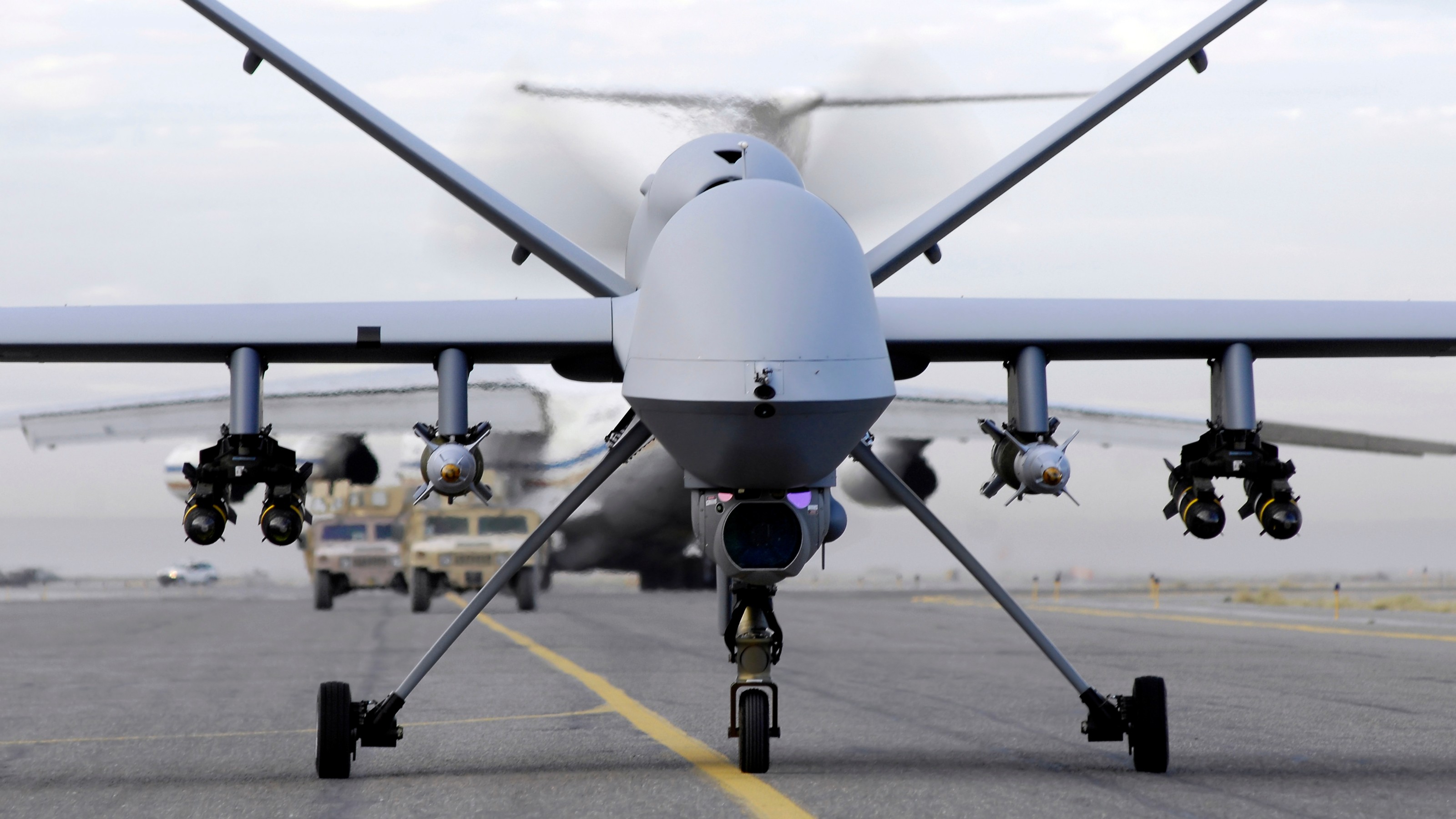
Northrop Grumman
- Market value: $57.8 billion
- POWR Ratings overall rating: B (Buy)
- POWR Ratings average broker rating: 1.52
Northrop Grumman (NOC, $361.09) is a defense contractor that is diversified across short-cycle and long-cycle businesses. And it has an F-35 connection – NOC's Aerospace segment creates the fuselage, as well as produces various piloted and autonomous flight systems.
Mission Systems creates a variety of sensors and processors for defense hardware, while the Defense Systems segment is a mix between a long-range missile manufacturer and a defense IT service provider. Lastly, the company's Space Systems segment produces various space structures, sensors and satellites.
Overall, the company is seeing strong demand for its products on a global scale.
NOC has a strong presence in Air Force, space and cybersecurity programs. Its product line is well-positioned in defense electronics, unmanned aircraft and missile defense, enabling the firm to capture contracts from the Pentagon and foreign allies of the U.S. Foreign military sales have been a key growth driver for the firm.
On the domestic side, Northrop is expected to gain from the proposed fiscal 2022 budget that includes $715 billion for the Pentagon, which is 1.6% higher than the approved fiscal 2021 budget.
NOC is one of several B-graded defense stocks in the POWR Ratings system. Helping its rating is a Stability Grade of B, which indicates that growth and price performance have been steady. For instance, a beta of 0.51 indicates that the stock is about half as volatile as the S&P 500. Earnings growth also has been steady over the past five years.
Northrop's Sentiment Grade of B reflects good standing in the analyst community. Right now, 14 pros consider the stock a Strong Buy or Buy, versus just four Holds, one Sell and one Strong Sell. You can get further POWR Ratings analysis for Northrop Grumman (NOC) here.

General Dynamics
- Market value: $54.6 billion
- POWR Ratings overall rating: B (Buy)
- POWR Ratings average broker rating: 1.70
General Dynamics (GD, $195.49) is a defense contractor and business jet manufacturer. Its Aerospace segment creates Gulfstream business jets, while Combat Systems produces land-based combat vehicles, such as the M1 Abrams tank. The Marine Systems segment develops nuclear-powered submarines. And its Technologies division provides information technology and mission systems.
GD enjoyed robust order growth in the second quarter. This created a substantial backlog (up 8% year-over-year), with the highest orders in aerospace, marine, and combat systems segments. For instance, the company clinched $135 million from the U.S. Navy to provide ongoing lead yard services for the Virginia-class submarine program.
In addition, GD struck a $620 million deal from the U.S. Army to upgrade Stryker vehicles to the double-V-hull A1 configuration, plus another $435 million to produce Stryker Initial Maneuver Short-Range Air Defense vehicles.
The company is also moving along in product development, as all five of its Gulfstream G700 flight-test aircraft are flying with over 1,600 hours of test flights. This jet is expected to be in service in the fourth quarter of 2022, which should boost both its top and bottom lines next year.
GD's overall B grade (Buy) from the POWR Ratings system includes a Value Grade of B. Its trailing and forward P/Es are both around 17, which is lower than the overall market, and its price-to-free cash flow (P/FCF) of 14.4 is well below the 44.7 average among defense stocks.
General Dynamics' Sentiment Grade of B indicates that General Dynamics' shares are well-received by the pros. Eleven analysts say GD stock is a Strong Buy or Buy, six call it a Hold, and only three say it's a Sell or Strong Sell. See the complete POWR Ratings for General Dynamics (GD) here.
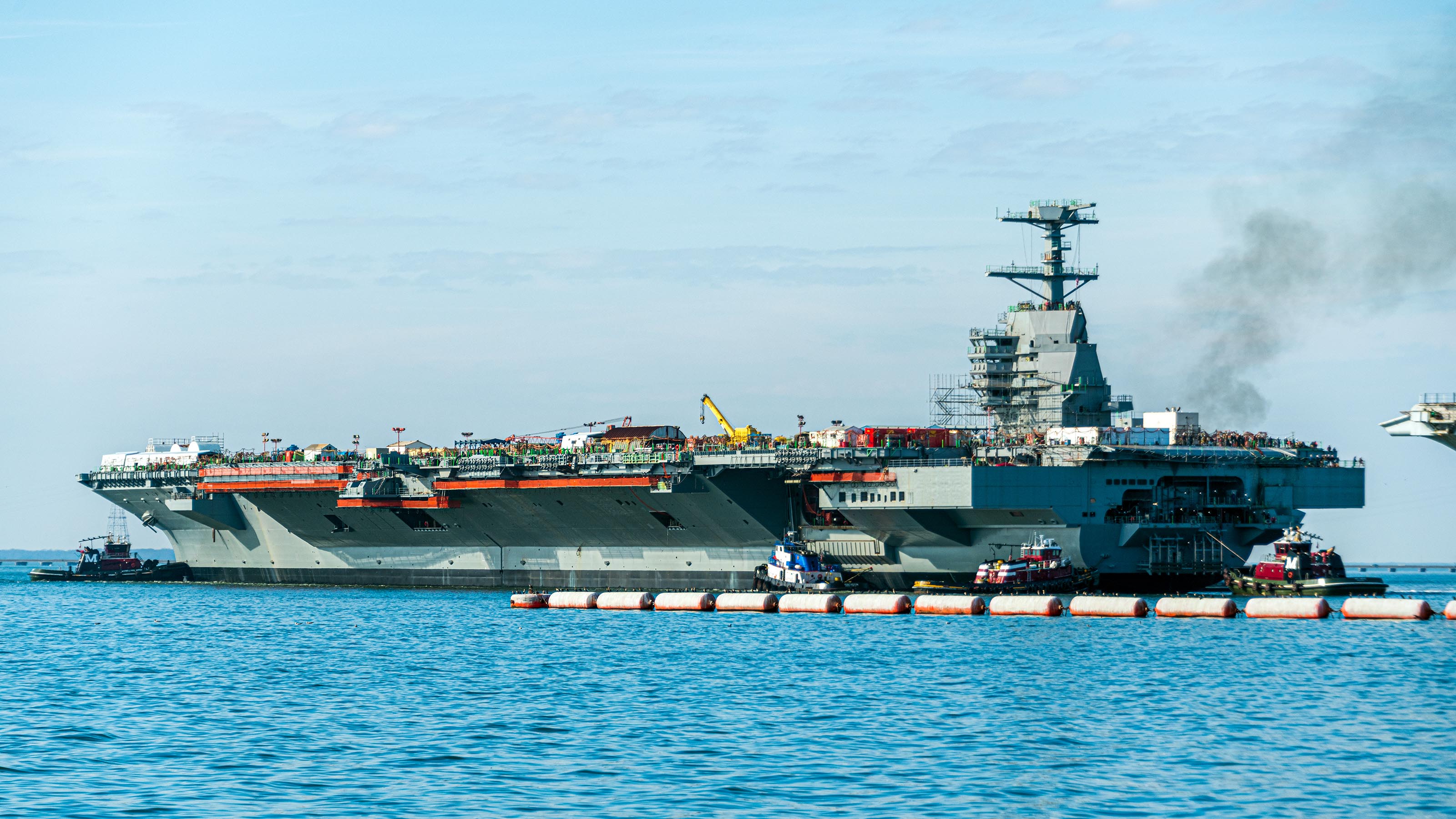
Huntington Ingalls Industries
- Market value: $8.0 billion
- POWR Ratings overall rating: B (Buy)
- POWR Ratings average broker rating: 1.86
Huntington Ingalls Industries (HII, $200.16) was created from the spinoff of NOC's shipbuilding business. HII is the country's largest independent military shipbuilder, and more than 70% of the active U.S. Navy fleet consists of HII's ships.
Two of Huntington Ingalls' segments involve shipbuilding: Ingalls Shipbuilding, Newport News Shipbuilding (nuclear-powered aircraft carriers and submarines). Of note, Huntington Ingalls is the sole contractor for the Gerald R. Ford-class aircraft carrier. The company is also a major subcontractor to the Columbia-class attack submarine.
HII's third division, Technical Solutions, produces unmanned undersea vehicles and provides various IT services for the government.
Like many other defense stocks on this list, U.S. fiscal budgets have played a key role in growth for the company, especially the shipbuilding business. The company also has had a productive quarter from a contract standpoint. In Q2, HII won contracts worth $1.2 billion, which resulted in a backlog of $47.7 billion. Huntington Ingalls is also progressing with new ships; for example, in the submarine program, the Montana (SSN 794) is on track for delivery to the Navy later this year.
The POWR Ratings service pegs HII stock as a B-rated Buy. This is an exceptional value stock right now, with a Value Grade of A reflecting a trailing P/E of 11.1 and a forward P/E of just 15.4. Also, its price-to-sales ratio of 0.9 is half the industry average.
Huntington Ingalls also has a Quality Grade of B, which makes sense when you look at its fundamentals. A return on equity of 36.2% indicates management is efficient. In addition, its current ratio of 1.1 indicates the company has more than enough liquidity to handle short-term needs. Check out a complete POWR Ratings analysis of Huntington Ingalls Industries (HII).
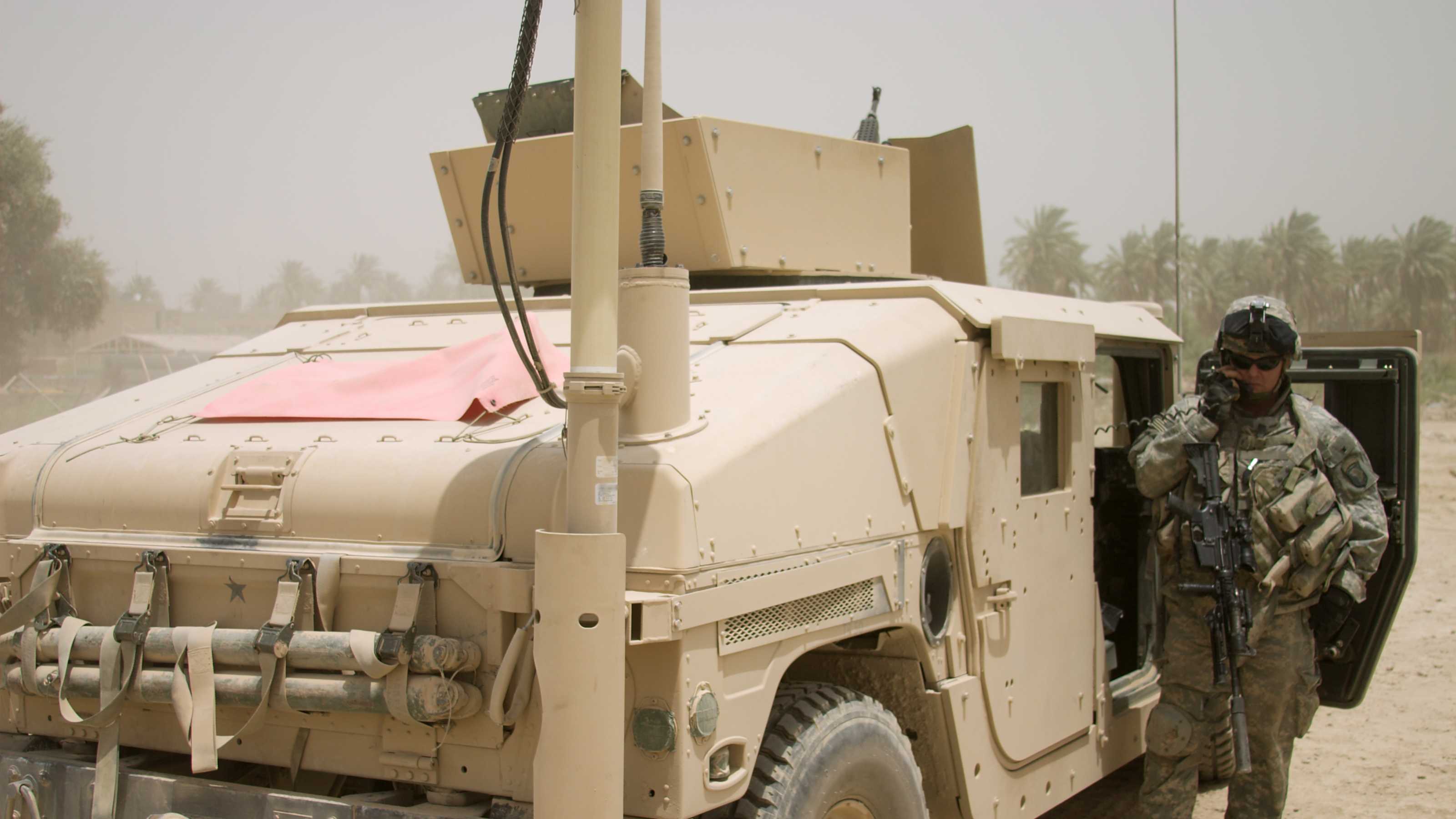
L3Harris Technologies
- Market value: $46.2 billion
- POWR Ratings overall rating: B (Buy)
- POWR Ratings average broker rating: 1.57
L3Harris Technologies (LHX, $230.12) was created in 2019 from the merger of L3 Technologies and Harris – two defense contractors that provide products for the command, control, communications, computers, intelligence, surveillance and reconnaissance markets. The company also has smaller operations that serve the civil government, including the Federal Aviation Administration's communication infrastructure.
Just like the other defense stocks mentioned here, LHX boasted numerous contract wins during Q2. Total awards to date sit at more than $700 million, and the company boasts a healthy win rate of 70%.
L3Harris also is looking to become a global leader in electronic warfare and aircraft survivability. It is doing so by leveraging its experience with providing F-16 systems, as well as its expertise in software-defined open systems architecture, according to CEO William Brown. The company already won a contract to develop a next-generation electronic warfare suite on international aircraft in the first quarter. Going forward, LHX wants to expand its global footprint in Asia, Europe and the Middle East. This should help provide more revenue growth over the long term.
POWR Ratings gives L3Harris' shares an overall grade of B, or Buy. A beta of 0.68 educates a Stability Grade of B. LHX also has experienced steady growth in sales, earnings and EBITDA – that last metric in particular has grown by 22.2% annually on average over the past five years.
Meanwhile, L3Harris earns a Quality Grade of B due to a strong balance sheet. Not only does the company have an attractive current ratio of 1.7, but its debt-to-equity of 0.4 is encouraging, too. The company also grew its cash pile to $2.0 billion from $1.3 billion at the start of the year. Get a complete POWR Ratings analysis on L3Harris Technologies (LHX) here.
Get Kiplinger Today newsletter — free
Profit and prosper with the best of Kiplinger's advice on investing, taxes, retirement, personal finance and much more. Delivered daily. Enter your email in the box and click Sign Me Up.

David Cohne has 20 years of experience as an investment analyst and writer. Prior to StockNews, David spent 11 years as a consultant providing outsourced investment research and content to financial services companies, hedge funds and online publications. David enjoys researching and writing about stocks and the markets. He takes a fundamental quantitative approach in evaluating stocks for readers.
-
 Verizon’s Free iPhone Deal: What to Know Before You Switch or Upgrade
Verizon’s Free iPhone Deal: What to Know Before You Switch or UpgradeVerizon is offering a free smartphone — including the latest iPhones — with any myPlan, plus a three-year price lock. But is it really the best deal for you?
By Choncé Maddox
-
 Married? Five Ways to Ensure Your Estate Plans Work in Tandem
Married? Five Ways to Ensure Your Estate Plans Work in TandemGetting on the same page now means fewer potential problems when it counts.
By Kiplinger Advisor Collective
-
 Stock Market Today: Dow Dives 748 Points as UnitedHealth Sells Off
Stock Market Today: Dow Dives 748 Points as UnitedHealth Sells OffA services-sector contraction and a worse-than-anticipated consumer sentiment reading sent bulls scrambling Friday.
By Karee Venema
-
 Stock Market Today: Growth Concerns Drag on Stocks
Stock Market Today: Growth Concerns Drag on StocksForward-looking commentary from a major retailer outweighed its backward-looking results as all three major equity indexes retreated on Thursday.
By David Dittman
-
 Stock Market Today: Stocks Trim Losses After Trump Tariffs
Stock Market Today: Stocks Trim Losses After Trump TariffsStocks slumped at the start of Monday's session after the Trump administration's weekend tariff announcement.
By Karee Venema
-
 Stock Market Today: Trump Tariff Worries Pressure Stocks
Stock Market Today: Trump Tariff Worries Pressure StocksStocks swung lower Friday after the White House confirmed it will impose tariffs on Mexico, Canada and China beginning tomorrow.
By Karee Venema
-
 Stock Market Today: Stocks Surge Ahead of Fed
Stock Market Today: Stocks Surge Ahead of FedTech stocks led the way higher Tuesday as Wall Street looked ahead to Wednesday's Fed announcement.
By Karee Venema
-
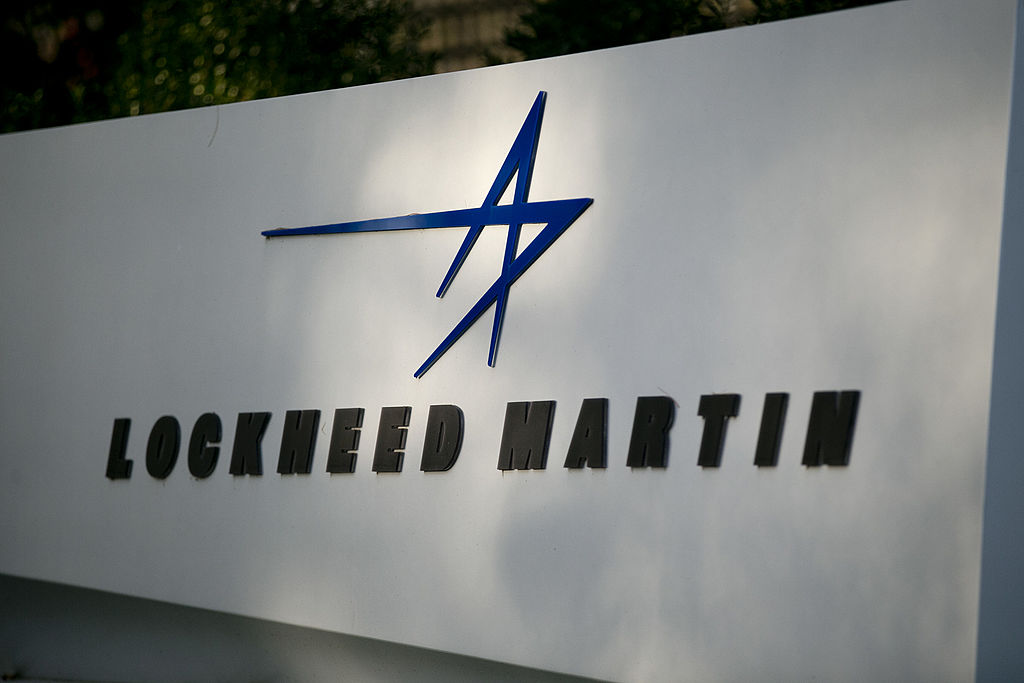 Is Lockheed Martin Stock Still a Buy After Its Earnings Miss?
Is Lockheed Martin Stock Still a Buy After Its Earnings Miss?Lockheed Martin stock is lower Tuesday after the aerospace giant missed estimates for its fourth quarter and issued a mixed outlook. Here's what to know.
By Joey Solitro
-
 The Cheapest Places To Retire in the US
The Cheapest Places To Retire in the USWhen you're trying to balance a fixed income with an enjoyable retirement, cost of living is a crucial factor to consider.
By Stacy Rapacon
-
 The Best Industrial Stocks to Buy
The Best Industrial Stocks to BuyIndustrial stocks might not be the most exciting positions to own, but they play a vital role in any well-rounded portfolio. Here's how to find the best ones.
By Kyle Woodley
